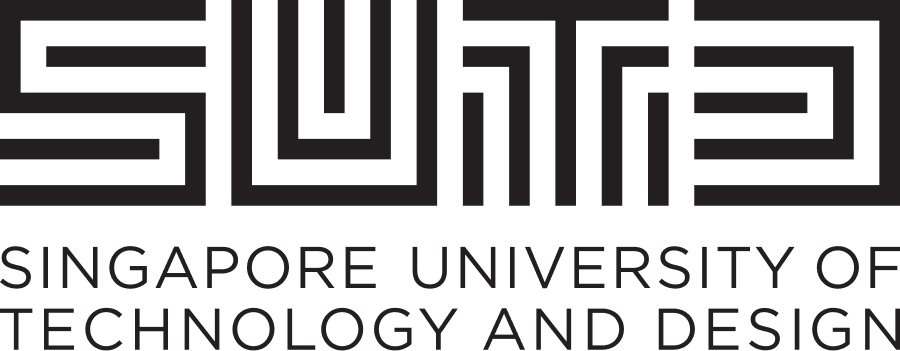Baby Shark Fund
Problem statement bank
The problem statement bank is a great place to start your ideation problem. Each problem is adapted from real-world challenges faced by industry partners, ecosystem veterans or companies who are experiencing these challenges.
What is the Depository?
The first steps in the design thinking process are to empathise and define.
Before you develop your solutions, you should clearly understand the problems you wish to tackle to ensure that your solutions have real-world impact. To expedite this process, we have worked with various industry partners to compile pressing problem statements faced by the industry and our research centres to help close the gap in the “empathise” and “define” stages in the design thinking process.
Use them as your starting points to ideate your solution to give your solutions the best chances to solve real-world problems today.
| Organisational-based Problem Statements | |
| These problem statements are contributed by organisations we have partnered with to provide real-world challenges with opportunities for deployment. The organisations have developed and defined the scope of the problem and it is up to you to tackle them in the best way possible. | |
| Constellar (Singapore Expo) | How might we create sustainable conferences or exhibitions by proactively sorting waste generated, addressing excessive waste generation, limited recycling and recovery, and its environmental impact? |
| National Library Board |
How might we turn the library into a personalised third space that supports productive work and sparks new discoveries? |
| National Library Board | How might we make it easier for elderly or mobility-challenged patrons to find and access items they’re interested in, especially in larger libraries? |
| Nexus | How might we transform the way how Singapore responds to crises? As threats evolve, we need to prepare for disruptions like power outages and our solutions must advance in tandem. Your innovative ideas, whether they involve AI-powered disruption readiness chatbots or more efficient evacuation coordination capabilities, could be key to strengthening Singapore’s preparedness and resilience against hybrid threats. Are you ready to put Total Defence into action? |
| raiSE | How might we support the psychological, social, and emotional needs of elderly persons living alone or with family, empowering them to age well and live fulfilling lives in the community? |
| raiSE | How might we address the social needs of seniors OR caregivers across work, life, and play, utilising available resources and support services to enhance their quality of life? |
| SGEnable | How might we support persons with disabilities in their journey to achieve independent living, and physical and mental wellbeing in the community?
|
| SGEnable | How might we prepare and support caregivers of persons with disabilities to thrive across key milestones in their lives?
|
| StartHobby | How might we accurately track product ownership to ensure targeted promotional benefits and offer access to exclusive events to customers?
Counterfeit products are a pervasive issue across industries. Customers struggle to differentiate between genuine and counterfeit items, impacting brand trust and potentially leading to safety concerns. Businesses also suffer from revenue loss and damage to their reputation due to counterfeiting. In addition, customers have different avenues to access the same product, leading to a loss of customer loyalty in business.
We are seeking a system that enables customers to easily verify product authenticity, and build trust and confidence in the brand. From the business end, we would like to offer exclusive benefits and rewards for purchasing genuine products to incentivise customers and foster loyalty. |
| VidaCity | How might we integrate nature-based solutions into urban planning and design to create more sustainable and livable cities? |
| VidaCity | How might we leverage novel approaches to transform urban landscaping and significantly enhance decarbonization efforts? |
| Develop Your Own Problem Statements |
| The open category invites you to contribute compelling problem statements from your everyday observations while developing strong and innovation solutions that could have an impact on the industry, society and the planet.
The problem statements should be well-defined and have opportunities to be deployed. To learn more about crafting your problem statements, look out for one of the upcoming ideation resource workshops. |
what's next
Find out more
Frequently asked questions
Who are our assigned mentor(s) and how will we work with them?
Need to speak with someone? Chat with our programme coordinator who will help you get all the answers you need.
Can we have grants that overlap each other?
No, you should only hold onto 1 grant at any one time.
Can I use the same idea for all the grants?
Definitely! However, each successful pitch will have a different set of milestones attached to each award to help push your project development forward.
How many times can my team pitch for the grant?
As many as you like! However, each successful pitch will have a different set of milestones attached to each award to help push your project development forward.
Do all my team members have to be from SUTD?
No, but each team will have to satisfy the criteria of minimum 2 team members who are either current SUTD undergraduate or master students at least 6 months from graduation.
Can’t find what you need?
